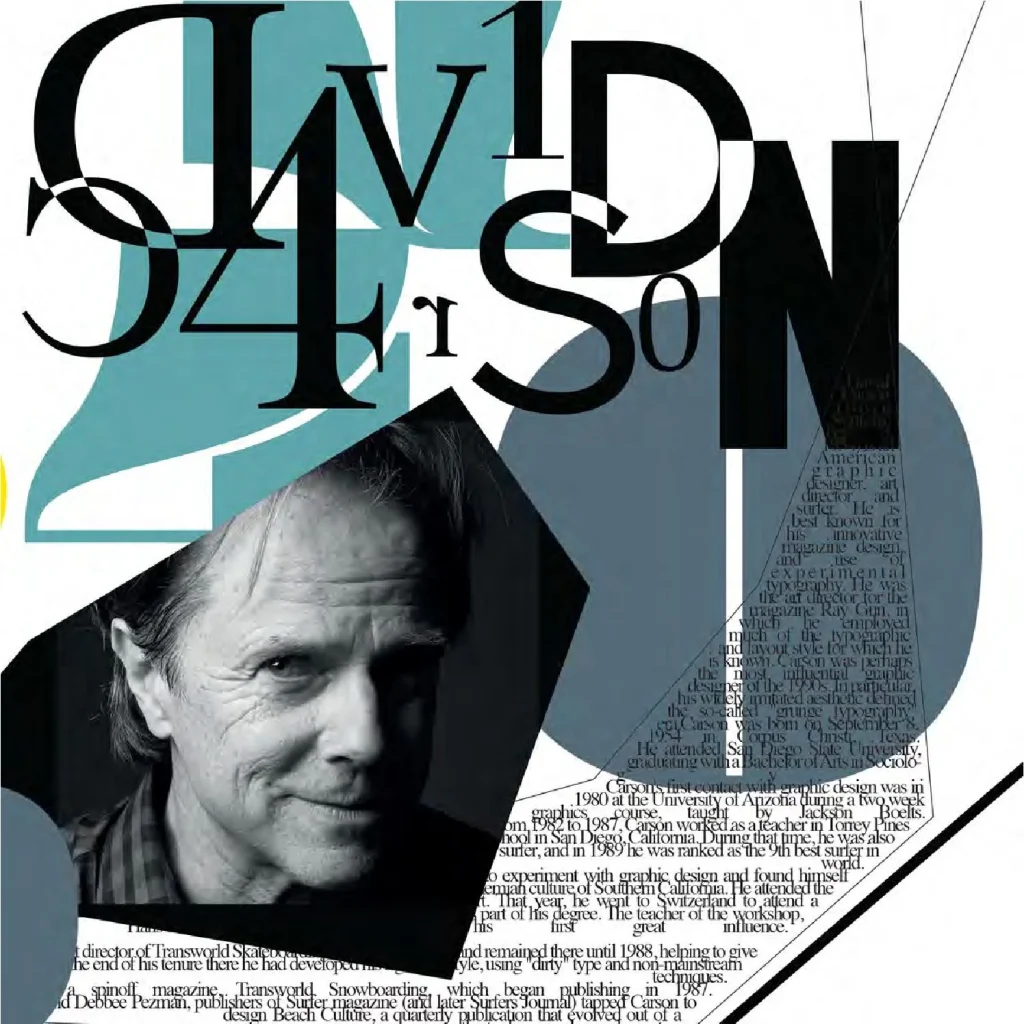Insight – 20/01/2024
A brand is a unique identity created for a company or product that distinguishes it from competitors. It’s not just a logo, product, or service, but a set of emotions and perceptions that people associate with a particular company or product. Brands have a personality that resonates with consumers by leveraging a specific tone, voice, visual identity, and messaging to convey its values, benefits, and purpose. A strong brand can establish trust and loyalty with its customers and stakeholders, create an emotional connection, and influence purchase decisions. Building a brand takes time, strategy, and investment to create a distinctive and consistent brand experience across all touchpoints. A successful brand can result in higher profits, market share, and a competitive advantage in the marketplace.
A brand designer is a professional who specialises in creating and managing a visual identity for a brand. They are responsible for designing the visual style of a brand, including its logo, colors, typography, and overall look and feel. In addition to creating the initial brand identity, brand designers also work to ensure that the brand’s visual elements are consistent across all marketing and advertising materials, from print to digital media. They work closely with marketing and advertising teams to ensure that the brand’s image is consistent with its values and messaging. A brand designer must have a thorough understanding of brand strategy, consumer behavior, and design principles in order to create a successful brand identity. Ultimately, the goal of a brand designer is to create a strong, memorable, and recognizable brand that resonates with consumers and drives business success.
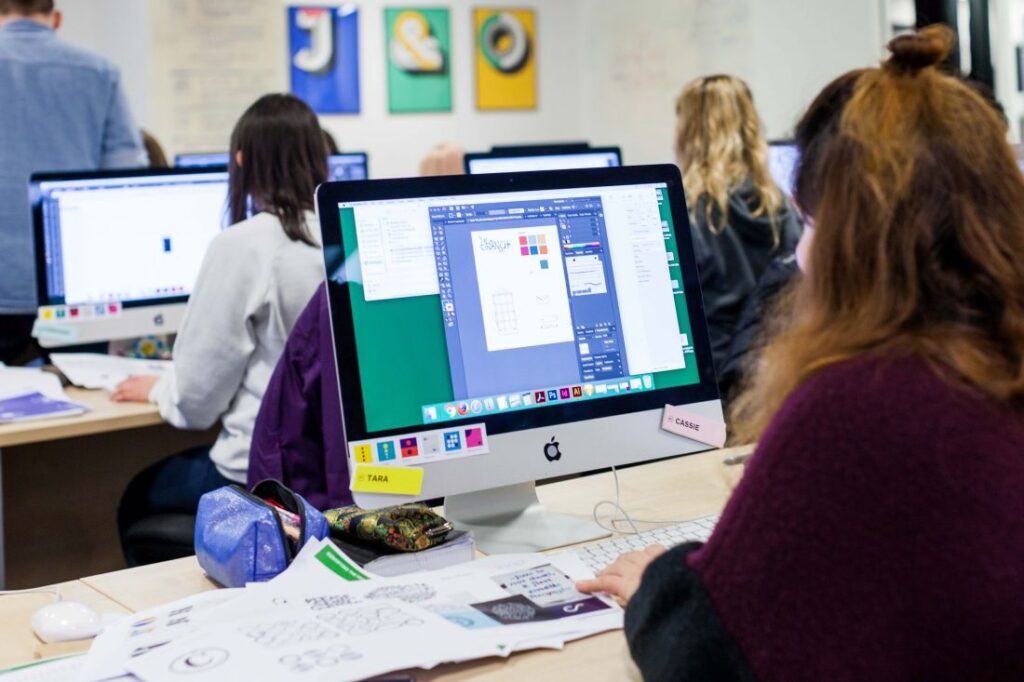
1. Gain tertiary qualification
Consider getting a degree or a diploma in art, graphic design, web design, digital media arts or a similar discipline. These programs involve taking general education courses in addition to major-specific courses in art history, design principles and digital media technology. You can also complete diplomas or professional certificate programs that take less time to complete but still train you in the theory, practice and technology you use as a graphic designer.
Designers should have tertiary education due to several reasons. Firstly, tertiary education provides designers with a rigorous academic foundation in various design principles and practices. This knowledge enables them to approach design challenges with a critical eye, and develop solutions that are informed by a deep understanding of design theory and history.
Secondly, tertiary education offers an opportunity for designers to learn from experienced design professionals and collaborate with their peers. In this way, designers can build important networks and gain real-world knowledge and skills that are essential for success in the industry.
Finally, a degree in design can open doors to many career opportunities and can help designers stand out from the competition in a crowded job market. Employers often view tertiary education as a sign of commitment, dedication, and expertise, and it can be a valuable tool when seeking employment or pursuing advanced career paths.
2. Follow other brand designers on socialmedia
Social media has become an integral part of our lives, and it can also be a powerful tool for professional growth. Social media is a great way to stay up-to-date on industry trends. You can follow industry publications and thought leaders, and you can also join relevant industry groups and forums. When you stay up-to-date on industry trends, you’ll be better equipped to make informed decisions about your career.
Social media can be a great source of learning and inspiration for your career. You can follow industry leaders, experts, or mentors who can share their knowledge, insights, or stories with you. You can also access free or low-cost courses, webinars, podcasts, or blogs that can teach you new skills, trends, or best practices. You can also join challenges, competitions, or projects that can challenge you to apply your skills, showcase your work, or collaborate with others. Learning from the best can help you stay motivated, informed, and confident in your career.
Expanding your professional network through social media is a powerful way to unlock career growth and advancement opportunities. By connecting with industry experts, joining professional groups, and collaborating on projects, you can establish valuable connections and stay updated on industry trends and insights.
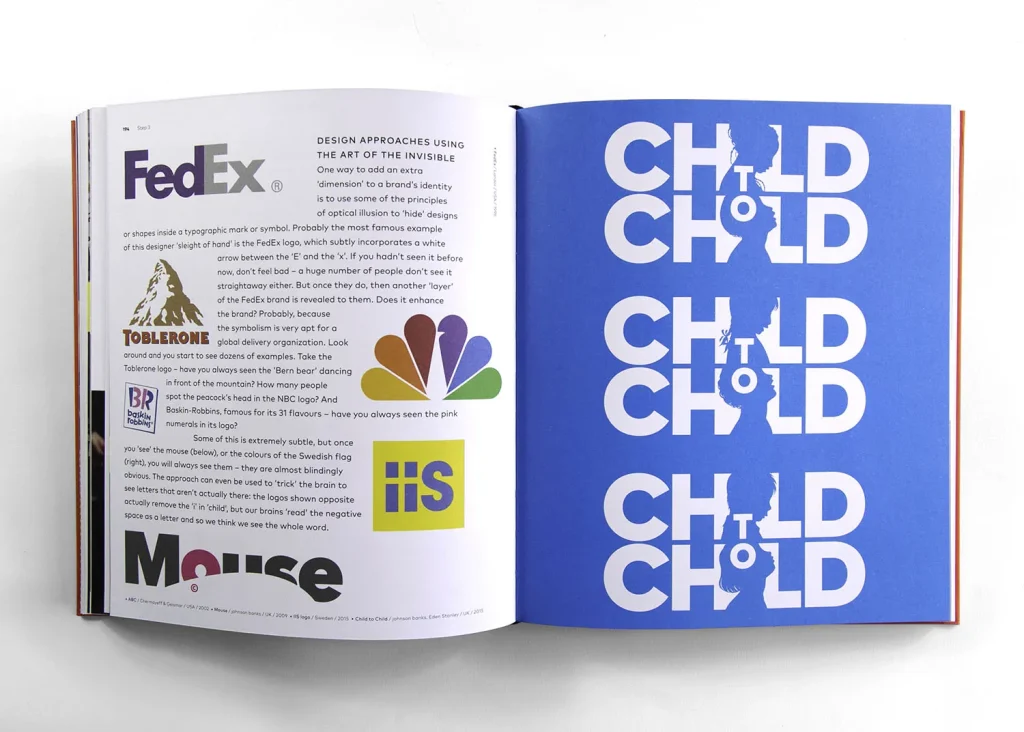
3. Read books on the subject
In the modern age, people are a lot more knowledgeable than they used to be. People are able to find information about almost anything with just a few clicks of their mouse. This has made it possible for them to learn things very quickly without having to go through all the trouble of reading something that may not be relevant or useful to them.
However, there are still some things that cannot be found online. These include books which have been written by experts in their field and can provide valuable information about the topic. Reading books will help you become more knowledgeable about brand design. We’ve put together a list of the top three branding books that every brand and graphic designer should read!
Branding: In Five and a Half Steps – Michael Johnson
Michael Johnson is one of the world’s leading graphic designers and brand consultants. In Branding, Johnson strips everyday brands down to their basic components, with case studies that enable us to understand why we select one product or service over another and allow us to comprehend how seemingly subtle influences can affect key life decisions. The first part of the book shows how the birth of a brand begins not with finding a solution but rather with identifying the correct question―the missing gap in the market―to which an answer is needed. Johnson proceeds to unveil hidden elements involved in creating a successful brand―from the strapline that gives the brand a narrative and a purpose to clever uses of typography that unite design and language.
The Brand Gap: How to Bridge the Distance Between Business Strategy and Design – Marty Neumeier
The Brand Gap is the first book to present a unified theory of brand-building. Whereas most books on branding are weighted toward either a strategic or creative approach, this book shows how both ways of thinking can unite to produce a “charismatic brand”—a brand that customers feel is essential to their lives. In an entertaining two-hour read you’ll learn:
• the new definition of brand
• the five essential disciplines of brand-building
• how branding is changing the dynamics of competition
• the three most powerful questions to ask about any brand
• why collaboration is the key to brand-building
• how design determines a customer’s experience
• how to test brand concepts quickly and cheaply
Building A StoryBrand – Donald Miller
If you use the wrong words to talk about your product, nobody will buy it. Marketers and business owners struggle to effectively connect with their customers, costing them and their companies millions in lost revenue.
In a world filled with constant, on-demand distractions, it has become near-impossible for business owners to effectively cut through the noise to reach their customers, something Donald Miller knows first-hand. In this book, he shares the proven system he has created to help you engage and truly influence customers.
The StoryBrand process is a proven solution to the struggle business leaders face when talking about their companies. Without a clear, distinct message, customers will not understand what you can do for them and are unwilling to engage, causing you to lose potential sales, opportunities for customer engagement, and much more.
In Building a StoryBrand, Donald Miller teaches marketers and business owners to use the seven universal elements of powerful stories to dramatically improve how they connect with customers and grow their businesses.
4. Better understand your target audience
It goes without saying that great design begins with an understanding of who it’s for. Understanding your customers is a crucial factor for being able to choose the right design elements, such as typography, color schemes, layout, and navigation.
In addition to knowing your audience’s demographics—age, gender, location, etc.—you need to discover what makes them tick. Who are they? What drives them? What are their beliefs and values? Which other companies are they buying from? What products do they use?
The more you know about them, the better you can design a visual brand identity or a website that meets their needs and requirements.
It’s common for businesses to be looking over their shoulders or peeking into the yard next door to see what’s happening. By evaluating your client’s competition, you can gain a much clearer picture of where their organsation stands.
Look carefully at your their websites to see what they have in common. You’re not looking to copy them, but rather to see what works and what doesn’t. Look at usability, design, content, layout and navigation, and optimization. Look for things they do well, but also seek out any weaknesses and opportunities to gain a strategic advantage.
When designing, it’s absolutely essential that you, the designer, and your client, the business owner, put aside your personal preferences in favor of what works best for the users.
You may wish to try out the latest cutting-edge trend or your client may have seen a flashy element they want to include. Remember, what appeals to you may be a total turn-off for the people who’ll be using the site. As a designer, it’s your responsibility to ensure your client stays focused on the end user and that you produce a site that enhances the users’ experience and is a perfect fit for the target audience.
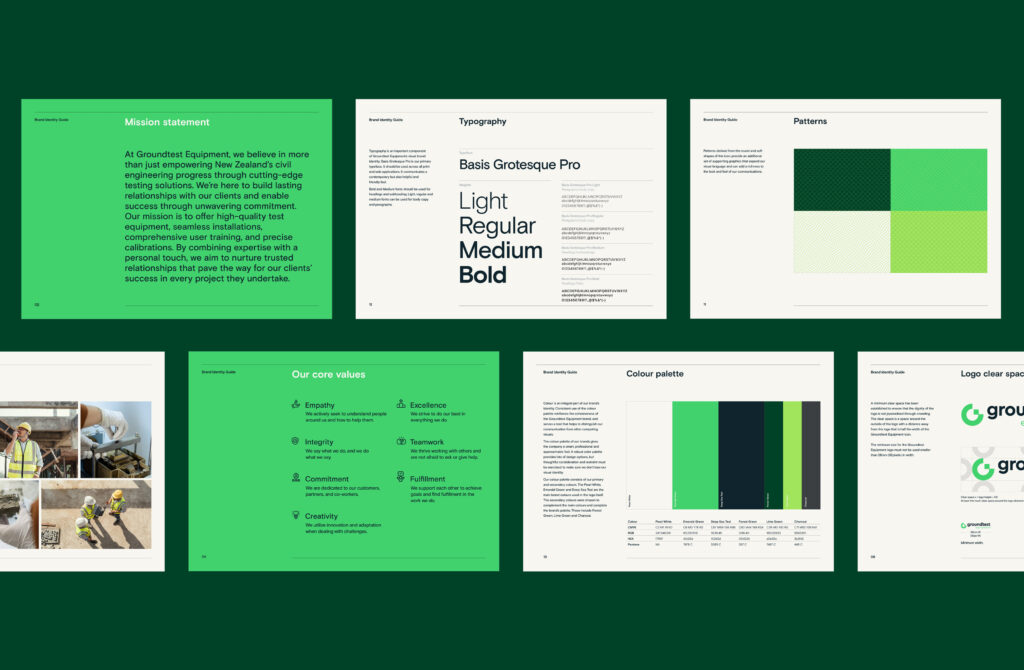
5. Design!
We all know that famous phrase “practice makes perfect” and in this case it really rings true. If you’re pondering how to improve your design skills then get practicing. Practice is important, especially if you’ve strayed from creating, as it gives you the headspace to think about how to design properly without the pressure of having to create work for a paying client.
Sometimes the best way to move forward when looking at how to become a better brand designer is to look back. Exploring your previous projects, analyzing their flaws, and looking for ways to improve will help you to overcome your weaknesses and expand your strengths.
Look at the website you made a couple of years ago and ask yourself if you can improve the hierarchy, contrast, or color scheme. Ask yourself what you’d do differently today.
There’s several ways to find briefs that will allow you to practice and improve your design skills. First up, you can simply write your own briefs. Not only will this allow you to work on something that you’ve always wanted to, but will also give you a great opportunity to experiment with your design work. If you want to get there faster, then there are dedicated websites, such as Briefbox, where you can find briefs to practice.
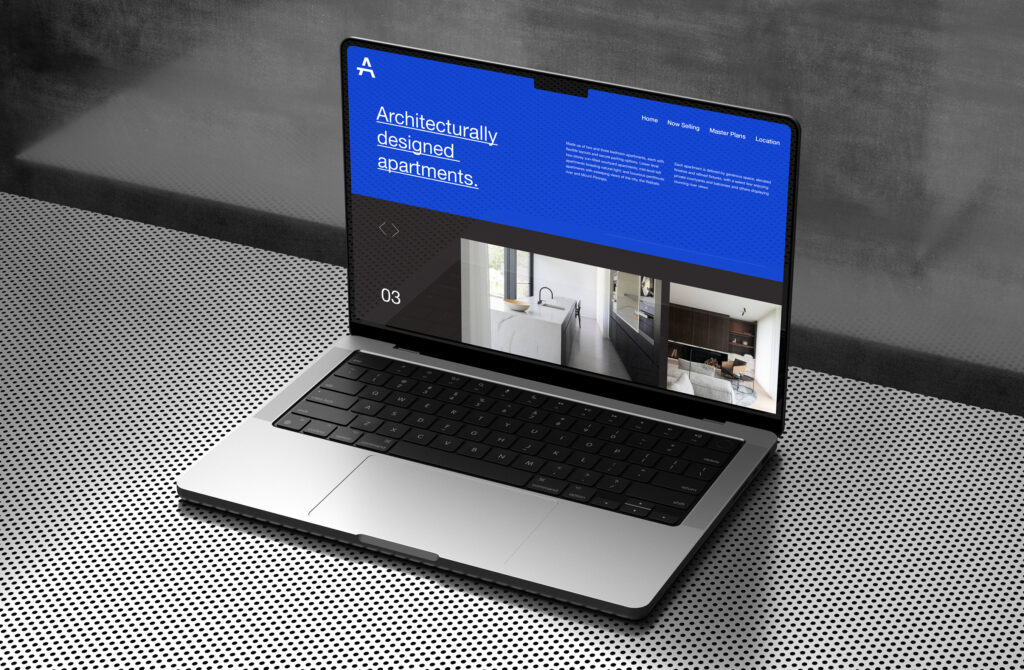
6. Have the right mind set
No matter where you are in your design career, chances are you’ve asked yourself what you need to do to be successful in design a few times. And if you’re working independently, self-doubt and feelings of insecurity often creep in. As creatives, we’re always looking for ways to improve, build up our businesses, and establish credibility in the industry. Having a success mindset is important to accomplish all of these, but adopting one and feeling confident in ourselves can be difficult.
Your biggest blocker, biggest critic, and biggest contributor of doubt is you.
Each and every one of us is guilty of this—and it’s all just part of being creative humans. We will always question ourselves, but what we can’t continue to do is get in our way. We have to remind ourselves that we are growing, progressing, and are better than we were yesterday.
A good designer has a mindset that helps them grow individually. Their attitude and thinking empowers, motivates, and elevates them.
- Do you see mistakes as a natural part of learning? Do you attribute your design skills to innate talent or hard work?
- How comfortable are you with speaking up? Occasionally looking “stupid” or being wrong? Are you comfortable in voicing an unpopular opinion? Are you ok with being vulnerable at times and not having an answer?
- Do you own up to your mistakes, ask for help when you’re stuck, identify action plans on how to improve your performance? Do you show your work early and often and admit to being stuck instead of covering up?
While it’s expected that as a designer you won’t know all the things—it’s how you handle your lack of knowledge that makes a difference. Some designers instead of practicing to get better and renewing their skills, they escaped the work, and procrastinate.
Being successful is not about having an innate talent—which we so associate with creative fields of any kind (arts, theater, design…) but rather it’s about practice. Believing that your intelligence is malleable and that you can learn many new skills well past your 30s (outdated studies use to say that your brain development stops in your late 20s).
There’s a pretty good chance you will have a few failures throughout your career. We all go through rough patches, but we always come out on the other side wiser and with a new perspective. If you doubt everything you do, it becomes harder to keep progressing.
Regardless of the type of failure you encounter, remember to be kind to yourself. Be confident in what you can do and where you are in the moment.
Say Hello!
Studio Nine
33-45 Hurstmere Rd
North Shore, Takapuna
M. +64 21 1306 713
katrina@studionine.co.nz
© Studio Nine
Branding & Graphic Design NZ

